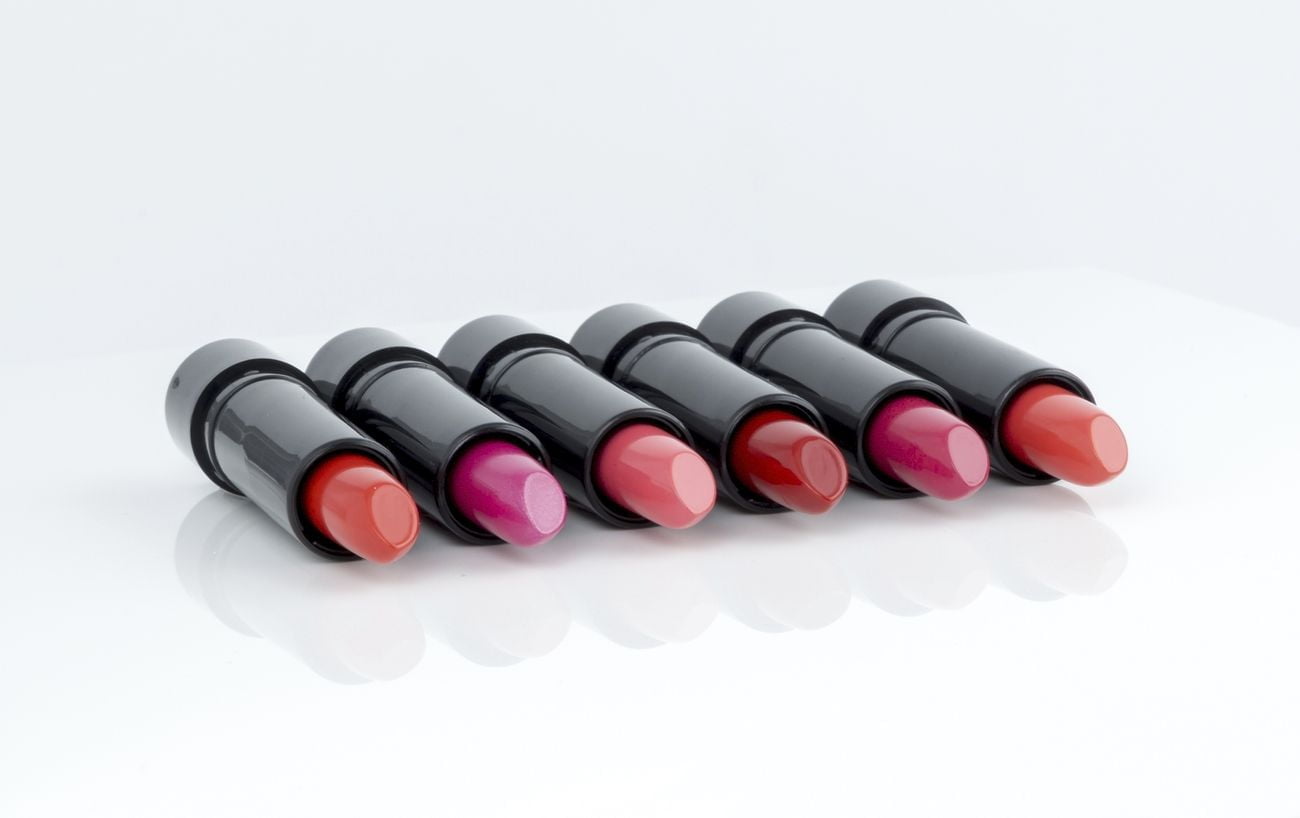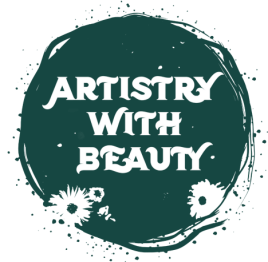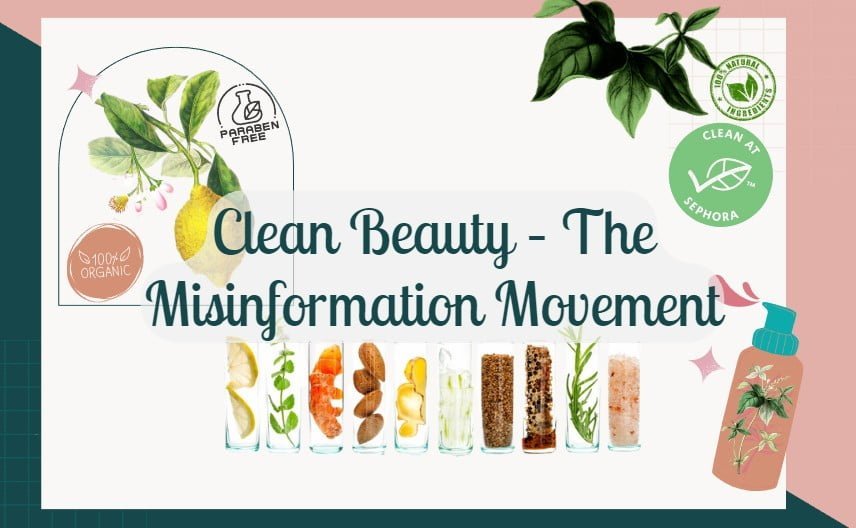If you think you know everything there is to know about clean beauty, think again. I’m here to debunk some of the most common myths and misconceptions about this growing industry.

The clean beauty movement has been gaining momentum in recent years. I’ve been researching and writing about clean beauty, and I’ve learned a lot. The one thing that’s become clear is that there is a lot of misinformation out there about clean beauty products and their allegedly “miraculous” benefits. It’s time to set the record straight.
The clean beauty movement is supposed to be about more than just using natural or organic products. It’s about being aware of where the products you use come from and how are produced. It’s about being conscious of the impact your beauty routine has on the environment. And it’s about making choices that are good for you and good for the planet.
Legal Issues
Definition
There is no single definition of “clean beauty”, and the term itself is often used interchangeably with “green beauty” or “sustainable beauty”. This lack of clarity makes it difficult to fully support the clean beauty movement and make informed choices.
No regulations
There are absolutely zero regulations on the “clean” labelled products you are buying. And because there are no regulations governing the claims, brands make up everything about their supposedly clean/green/sustainable products, and it’s hard to know what to believe.
Myths
“Natural ingredients are better than synthetic”
With skincare ingredients, natural does not always mean better. In fact, many experts agree that synthetic ingredients can be more effective and reliable than natural ones.
Here’s why:
Natural ingredients can be difficult to work with because of their inconsistent results from one batch to the next. Since they come from the environment, weather patterns, seasons, and even the minerals in the soil can affect them, leading to varying levels of potency and stability.
Synthetic ingredients, on the other hand, are often easier to work with and can provide more consistent results. They can also be more pure and safe than natural ingredients because it is easier to control the manufacturing process.
“Clean beauty has more gentle formulas”
What is clean beauty vs regular?
There is a misconception that natural ingredients are always gentle. However, some of the most common natural ingredients found in skincare products, like essential oils, citrus extracts, and natural fragrances, can actually be quite irritating to the skin.
“Free of…” and more misleading lies
Labels like “eco-friendly”, “no nasties”, “chemical-free,” “preservative-free,” and “toxin-free” are very misleading, to the point where the European Union has banned companies from using them. The truth – the preservatives used in “clean” products haven’t been studied as extensively as the preservatives used in conventional products (like parabens), and they can also cause irritation.
Some companies use greenwashing to make their products seem more environmentally friendly than they actually are. This can be done by using green colors and leaves in their packaging, or by using terms like ‘organic harvest’ or ‘eco-friendly ingredients’. But just because a product claims to be natural or eco-friendly doesn’t mean it is. In fact, some of these products can be just as harmful as the conventional ones.
Brands can put any of these claims on a product without having to back it up. This is not only problematic, but also dangerous for several reasons. First, it implies that products that don’t use these labels are dangerous or bad for you, when that may not be the case. Second, it creates confusion for consumers who don’t know what to believe. And finally, it gives companies a false sense of legitimacy when they use these claims having no proof to back them up.
I would also suggest avoiding articles like best clean beauty products that do not provide details on the ingredient list and what makes them better.
Therefore, it’s essential to read labels carefully and understand what you’re buying before you purchase anything. As Cassandra Bankson says ‘Turn-and-Learn’.
Want to learn more?
Where to next at Artistry With Beauty?
Don’t forget to checkout our personalised discount codes from your favourite brands.
- Homepage
- Blog
– makeup
– skincare - Discount Codes
- About the Blog
- Partnership & Guest blogging contact



Leave a Comment with your thoughts or what you want to see next